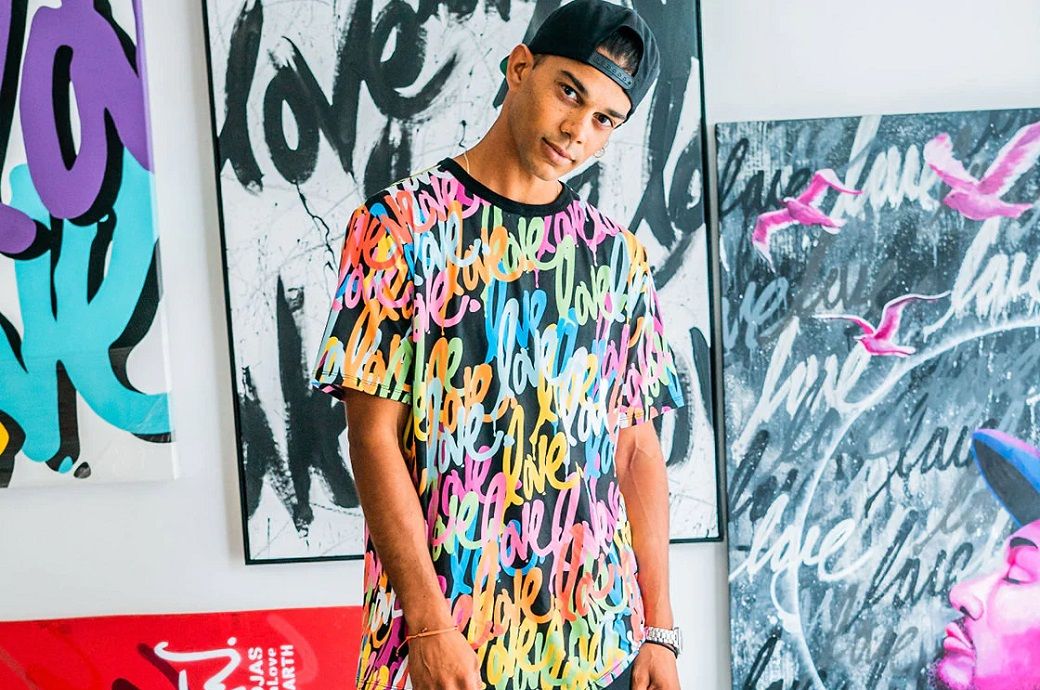With the rise of e-commerce and the widespread popularity of online shopping, the apparel industry has undergone significant changes. Rojas recognised the vital role e-commerce platforms have played in expanding his art into the realm of fashion. “This shift has granted us greater flexibility and a chance to take calculated risks in this industry. However, it is important to note that this space has become crowded with numerous players and massive advertising budgets that tend to overshadow smaller brands. Nevertheless, we have the advantage of being creative and agile, which allows us to connect with our audience on a personal level and turn them into loyal fans. The real opportunity lies in constructing a brand that goes beyond clothing, one that embodies a complete lifestyle that resonates with people and captures their beliefs and support,” he told F2F.
Digital platforms have given artists flexibility to take risks in fashion, noted the founder of eponymous brand Ruben Rojas in an interview with Fibre2Fashion.
He also acknowledged challenges such as the crowded online space with large advertising budgets eclipsing smaller ones.
Techniques for preserving artistic integrity in designs were also discussed.
When asked about preserving artistic integrity when translating his artwork onto apparel, Rojas explained the importance of thinking creatively and innovatively and his starting approach of screen printing. “As we evolved, we ventured into multilayer screen printing, incorporating up to 10 different colours in our designs. While this technique opens up new possibilities, it also brings the challenge of increased costs for execution. To explore cost-effective alternatives, some may consider Direct-to-Garment (DTG) printing. However, DTG has not been a viable option for us as it falls short of maintaining the vibrancy and longevity of the designs we strive for,” added Rojas.
Click here to read the full interview.
Fibre2Fashion News Desk (NB)





